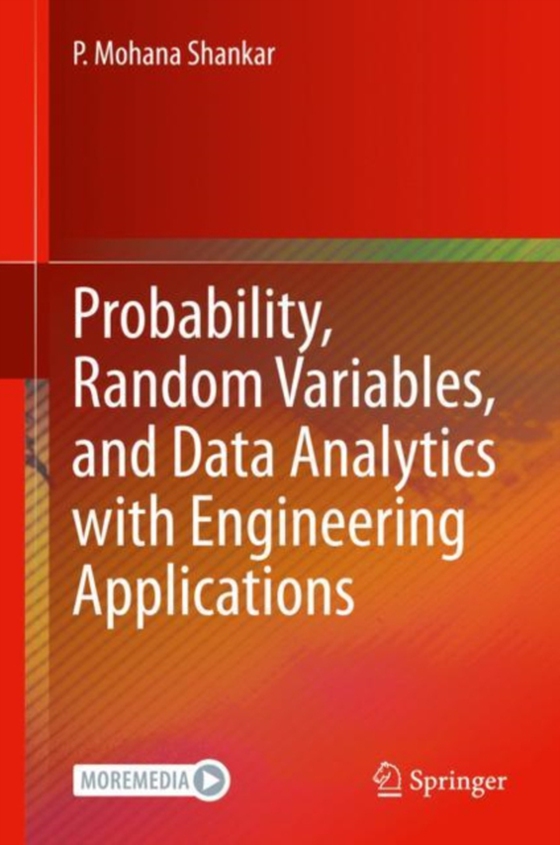
Probability, Random Variables, and Data Analytics with Engineering Applications e-bog
509,93 DKK
(inkl. moms 637,41 DKK)
This book bridges the gap between theory and applications that currently exist in undergraduate engineering probability textbooks. It offers examples and exercises using data (sets) in addition to traditional analytical and conceptual ones. Conceptual topics such as one and two random variables, transformations, etc. are presented with a focus on applications. Data analytics related portions of...
E-bog
509,93 DKK
Forlag
Springer
Udgivet
8 februar 2021
Genrer
Probability and statistics
Sprog
English
Format
pdf
Beskyttelse
LCP
ISBN
9783030562595
This book bridges the gap between theory and applications that currently exist in undergraduate engineering probability textbooks. It offers examples and exercises using data (sets) in addition to traditional analytical and conceptual ones. Conceptual topics such as one and two random variables, transformations, etc. are presented with a focus on applications. Data analytics related portions of the book offer detailed coverage of receiver operating characteristics curves, parametric and nonparametric hypothesis testing, bootstrapping, performance analysis of machine vision and clinical diagnostic systems, and so on. With Excel spreadsheets of data provided, the book offers a balanced mix of traditional topics and data analytics expanding the scope, diversity, and applications of engineering probability. This makes the contents of the book relevant to current and future applications students are likely to encounter in their endeavors after completion of their studies. A full suite of classroom material is included. A solutions manual is available for instructors. Bridges the gap between conceptual topics and data analytics through appropriate examples and exercises; Features 100's of exercises comprising of traditional analytical ones and others based on data sets relevant to machine vision, machine learning and medical diagnostics;Intersperses analytical approaches with computational ones, providing two-level verifications of a majority of examples and exercises.
 Dansk
Dansk

